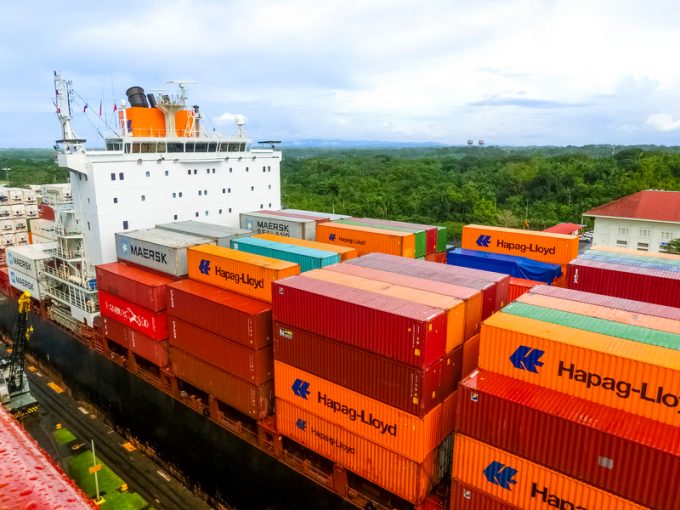Dollar General submits $14.7m claim against Yang Ming over capacity shortfall
Pandemic-era greed appears to be coming back to bite container lines on the backside, with ...

Jilted THE Alliance (THEA) partners ONE, Yang Ming and HMM are ’keeping schtum’ on their future following the departure of Hapag-Lloyd next year.
Yesterday’s Q3 (October to December) financial results from Japanese carrier ONE were conspicuous by the absence of any mention ...

Comment on this article